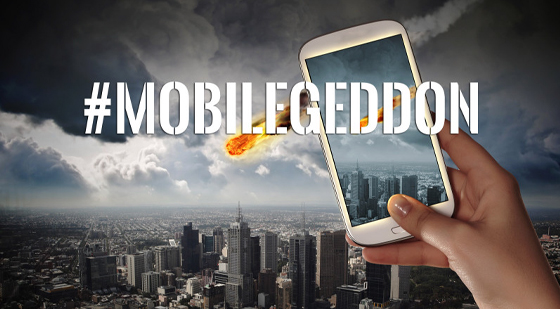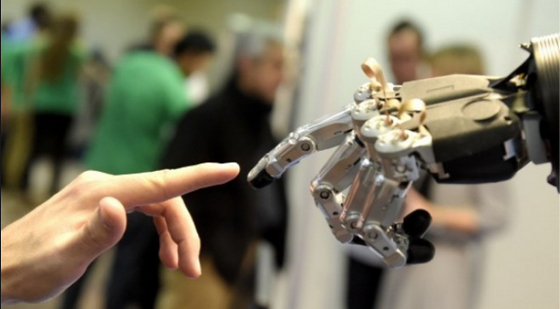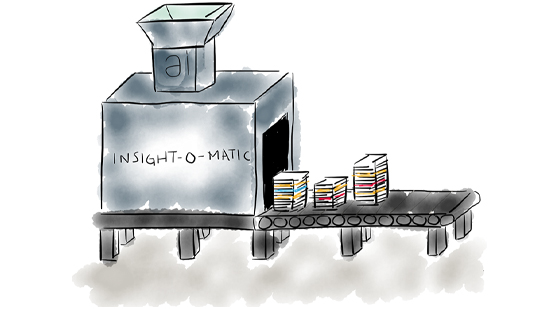SearchEngineLand.com” title=”SearchEngineLandMobilegeddon”>
Image Source & Credit: SearchEngineLand.com. They and others are already calling winners and losers, but it’s far too early to say for many reasons.
Mobile Phone Advantages Are Clear, As Search Is Always Changing
Although the verdict is still out on Google’s major mobile search changes on April 21, 2015 — which could lessen or boost your web site’s chances of showing up for your customers — changes for better or worse (depending on any changes for your site’s “searchability”) are happening. Preliminary data show that important brands have suffered significant declines, at least for now.
For example, according to SearchMetrics, megasites like Reddit.com (27% loss in percent of actual visibility), NBCSports.com (28% loss) and WalmartStores.com (31% loss) have seen losses in the number of mobile users who had previously searched keywords and phrases that Google had generated for these sites.
Declines for these sites, amid likely upticks for others, has happened in just six days, according to the full Search Metrics report.
Changes Will Be Dynamic Over Time
But that’s the catch: It’s really quite early, as the planet is not even a full week into this. Whether Google is chasing its tail to catch up and reveal to researchers what changes are occurring (Google’s blogs are saying that mobile site search has gained a 5 percent uptick), or whether currently “deposed” sites need to improve their mobile SEO — OR whether a likely untold number of other factors apply — these worldwide changes to Google’s search markers will continue dynamically to show up over time.
So, much more later.
Greg Goaley, President of WinCommunications in Des Moines, Iowa, is a former copywriter and creative editor, and a 25-year digital content strategist and provider. Kathryn Towner is President of WinM@il USA, a former 15-year sales rep for Random House/McGraw-Hill, and a 20-year permission-based email publications consultant and provider.


